as flores e as dores que ele me deu
Género : Drama, Romance
Tiempo de ejecución : 0M
Director : Gabriel Yared, Lucas Carvalho
Sinopsis
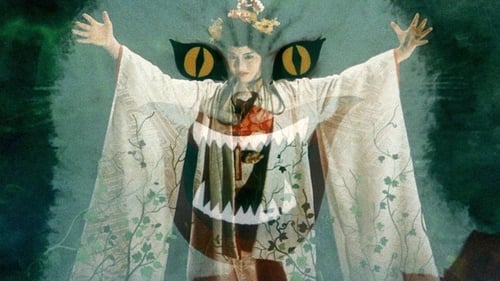
Siete chicas de instituto ven sus vacaciones chafadas cuando su profesor (Kiyohiko Ozaki) tiene que cancelar el viaje que tenía planeado realizar con ellas. Las cosas marchan incluso algo peor para Oshare (Kimiko Ikegami), una de las chicas, ya que recientemente su padre le ha presentado su nueva madastra (Haruko Wanibuchi), lo que no le ha hecho demasiada gracia. Mirando un álbum de fotos, Oshare se encuentra con la foto de boda de su madre a quien se la ve acompañada de su hermana (Yoko Minamida) quien nunca llegó a casarse ya que su prometido murió en la guerra. Oshare se pone en contacto con su tía y ésta la invita a ella y a sus amigas a pasar las vacaciones en su mansión en el campo. Cuando el grupo de chicas se presentan en la mansión, allí las recibe la tía de Oshare en sillas de ruedas y medio ciega. Muy pronto las chicas descubren que la mansión tiene vida propia.
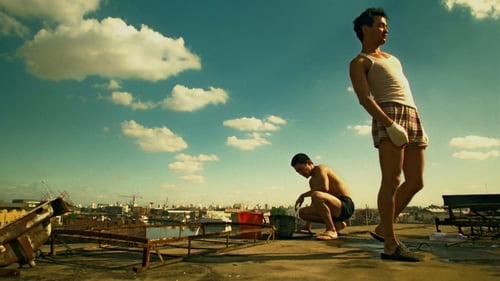
Lai Yiu-Kai y Ho Po-Wing viven una apasionada relación. Viajan desde Hong Kong a Argentina, pero la llegada al nuevo país parece transformar las cosas y Ho, de repente, abandona a Lai. Éste comienza a trabajar como portero de un bar, con el único afán de reunir el dinero suficiente para volver a su país. Un día Ho reaparece, pero las cosas ya no son iguales...

In Manhattan's Central Park, a film crew directed by William Greaves is shooting a screen test with various pairs of actors. It's a confrontation between a couple: he demands to know what's wrong, she challenges his sexual orientation. Cameras shoot the exchange, and another camera records Greaves and his crew. Sometimes we watch the crew discussing this scene, its language, and the process of making a movie. Is there such a thing as natural language? Are all things related to sex? The camera records distractions - a woman rides horseback past them; a garrulous homeless vet who sleeps in the park chats them up. What's the nature of making a movie?
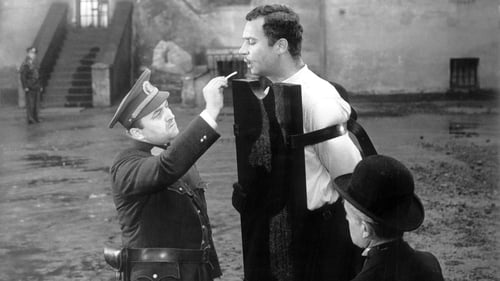
Un hombre se casa con una mujer, y ésta le es infiel. El hombre, por venganza, la asesina, siendo condenado a muerte... Aclamada película checa por su innovador sistema narrativo: todo el film está rodado al revés, comenzando por final y terminando con el principio, e incluso los diálogos están pronunciados a la inversa.
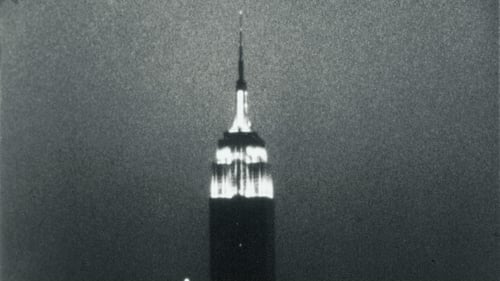
Experimental film consisting of a single static shot of the Empire State Building from early evening until nearly 3 am the next day.

An experimental short film by Walerian Borowczyk and Jan Lenica.

"Single Frame sequences of TV or film images, with periodic distortions of the image. The images are airplanes, women men interspersed with pictures of texts like: 'silence, genius at work' and 'ich liebe dich.' The end credit is 'Television décollage, Cologne, 1963."

In an endless loop, unexposed film runs through the projector. The resulting projected image shows a surface illuminated by a bright light, occasionally altered by the appearance of scratches and dust particles in the surface of the damaged film material. This a film which depicts only its own material qualities; An "anti-film", meant to encourage viewers to focus on the lack of concrete images.

Starting in the late 1930s, illustrator and experimental animator Douglass Crockwell created a series of short abstract animated films at his home in Glen Falls, New York. The films offered Crockwell a chance to experiment with various unorthodox animation techniques such as adding and removing non-drying paint on glass frame-by-frame, squeezing paint between two sheets of glass, and finger painting. The individual films created over a nine-year period were then stitched together for presentation, forming a nonsensical relationship that only highlights the abstract qualities of the images. —Kansas City Electronic Music and Arts Alliance

Early Abstractions is a collection of seven short animated films created by Harry Everett Smith between 1939 and 1956. Each film is between two and six minutes long, and is named according to the chronological order in which it was made. The collection includes Numbers 1–5, 7, and 10, while the missing Numbers 6, 8, and 9 are presumed to have been lost.

ĀTMAN is a visual tour-de-force based on the idea of the subject at the centre of the circle created by camera positions (480 such positions). Shooting frame-by-frame the filmmaker set up an increasingly rapid circular motion. ĀTMAN is an early Buddhist deity often connected with destruction; the Japanese aspect is stressed by the devil mask of Hangan, from the Noh, and by using both Noh music and the general principle of acceleration often associated with Noh drama.

In 1944 Lye moved to New York City, initially to direct for the documentary newsreel The March of Time. He settled in the West Village, where he mixed with artists who later became the Abstract Expressionists, encouraged New York’s emerging filmmakers such as Francis Lee, taught with Hans Richter, and assisted Ian Hugo on Bells of Atlantis. Color Cry was based on a development of the “rayogram” or “shadow cast” process, using fabrics as stencils, with the images synchronized to a haunting blues song by Sonny Terry, which Lye imagined to be the anguished cry of a runaway slave. —Harvard Film Archive

Animator Ryan Larkin does a visual improvisation to music performed by a popular group presented as sidewalk entertainers. His take-off point is the music, but his own beat is more boisterous than that of the musicians. The illustrations range from convoluted abstractions to caricatures of familiar rituals. Without words.

Short experimental animation.

A synthesized video environment.

Utilising an apparently new-found obsession with the colour red and reinvigorating some of the circular imagery of A Man and His Dog Out for Air and 69, Breer delves into the very basis of animation to explore how a variety of easily recognisable objects can be portrayed and manipulated differently using pixillation and classically drawn animation. -Malcolm Turner
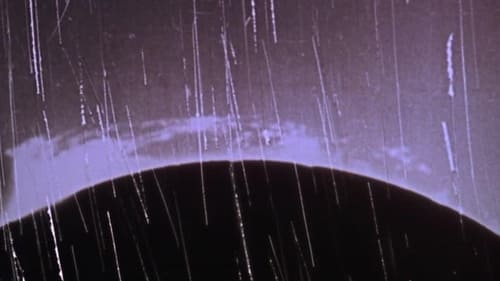
A creation myth realized in light, patterns, images superimposed, rapid cutting, and silence. A black screen, then streaks of light, then an explosion of color and squiggles and happenstance. Next, images of small circles emerge then of the Sun. Images of our Earth appear, woods, a part of a body, a nude woman perhaps giving birth. Imagery evokes movement across time. Part of the Dog Star Man series of experimental films.

100 basic images switching positions for 4000 frames.

A live action footage of a smiling, bespectacled (presumably) Western tourist set against the familiar cadence of an accelerating train revving up as it leaves the station sets the mesmerizing tone for the film's abstract panoramic survey of an Ozu-esque Japanese landscape of electrical power lines, passing trains, railroad tracks, and the gentle slope of obliquely peaked, uniform rooflines as Breer distills the essential geometry of Mount Fuji into a collage of acute angles and converging (and bifurcating) lines .

Kinoautomat was the world's first interactive movie, conceived by Radúz Činčera for the Czechoslovak Pavilion at Expo '67 in Montreal. At nine points during the film the action stops, and a moderator appears on stage to ask the audience to choose between two scenes; following an audience vote, the chosen scene is played.















